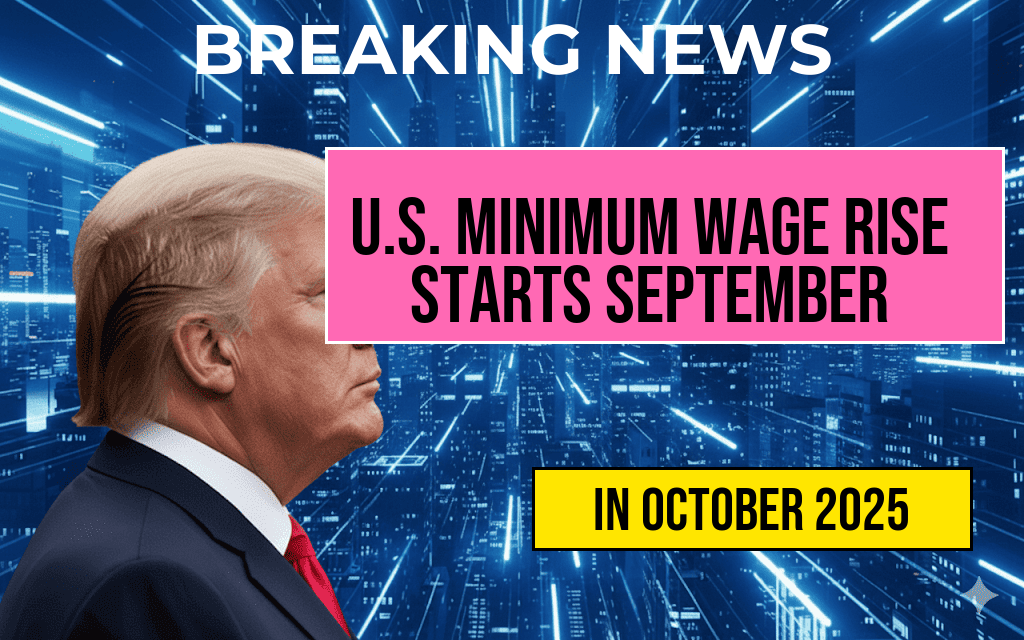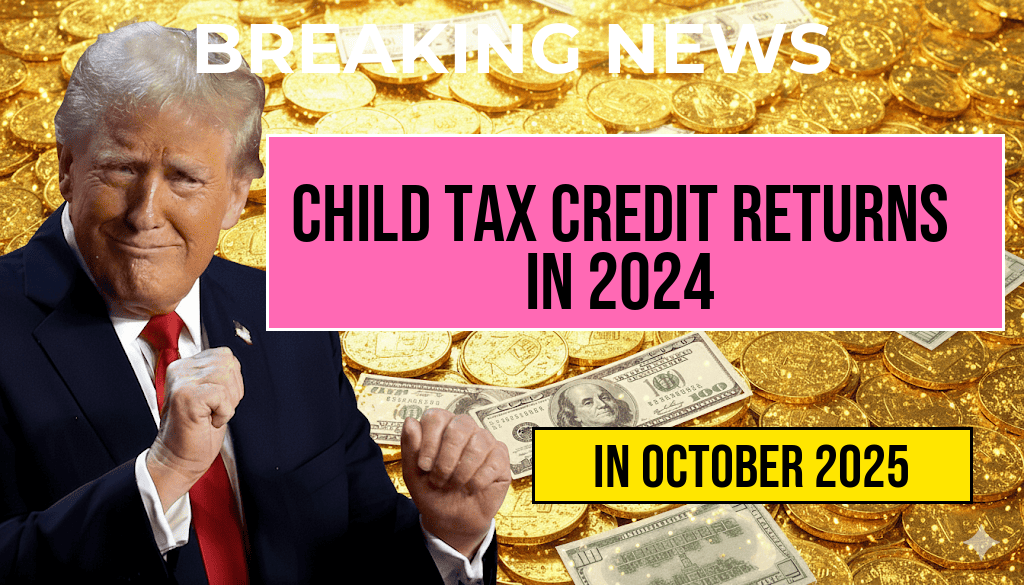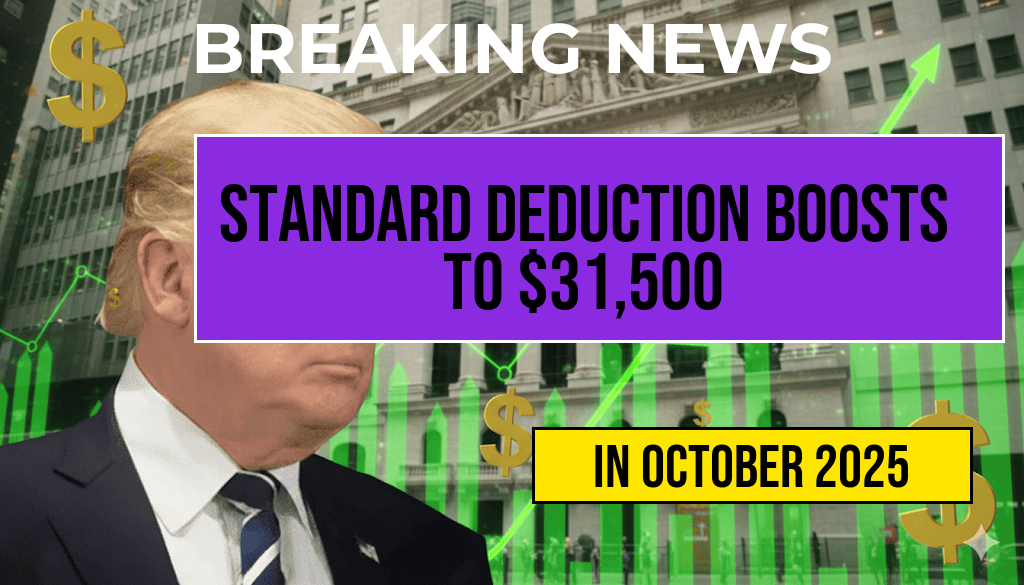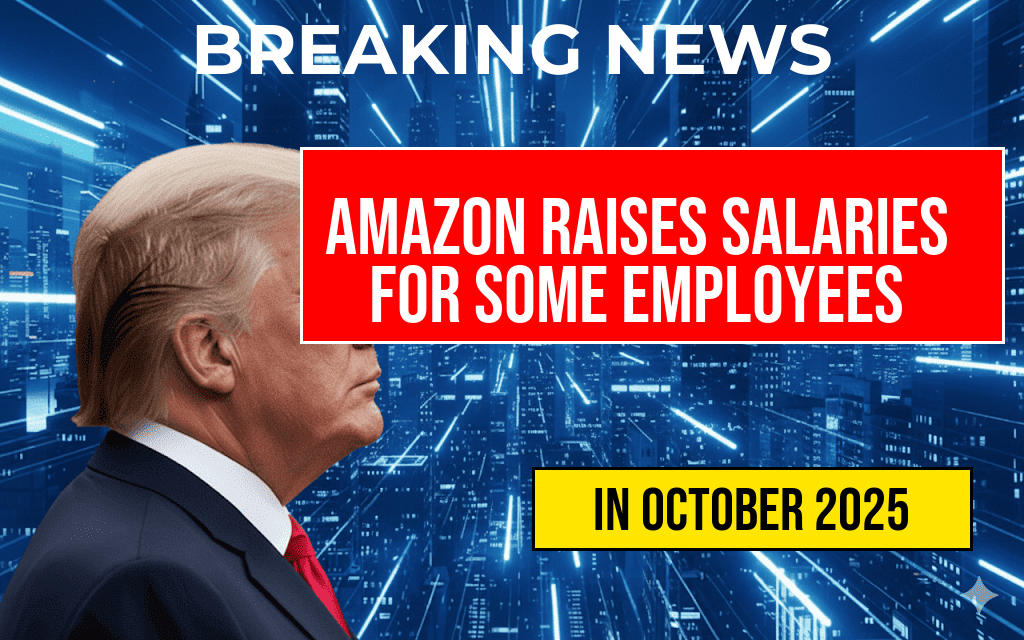Effective September 30, 2025, the federal minimum wage will see a scheduled increase, marking a significant update for workers across the United States. Under new legislation approved by Congress earlier this year, the nationwide baseline for hourly pay will rise from the current $7.25 to $10.50. This adjustment aims to bolster earning power for low-wage employees, address inflationary pressures, and promote economic stability. The increase applies to most federal contractors and businesses subject to federal wage laws, though individual states and localities may set higher rates where applicable. Employers across various sectors will need to update payroll systems and communicate changes to employees, with the new rates taking effect on the last day of September, 2025. This adjustment continues a series of incremental increases over the past decade, reflecting ongoing debates about living wages and economic fairness in the U.S.
Details of the Federal Minimum Wage Increase
Scope and Applicability
The upcoming wage increase primarily impacts workers employed by federal contractors and agencies, as well as certain sectors governed by federal wage laws such as the Fair Labor Standards Act (FLSA). While many states have their own minimum wage laws, the federal rate serves as a baseline where no higher state or local minimum exists. For example, California, Massachusetts, and Washington maintain higher minimum wages, which employers must adhere to if applicable.
Employers are expected to implement the new hourly rate starting from September 30, 2025, aligning with federal regulations. Workers in sectors like hospitality, retail, and government services, often affected by minimum wage policies, are likely to see immediate impacts on their paychecks. It is worth noting that some exemptions remain, including tipped workers and certain seasonal employees, subject to specific rules outlined by the Department of Labor.
Historical Context and Future Outlook
The federal minimum wage has remained at $7.25 since 2009, despite rising living costs and inflation. Over the years, a patchwork of state and local increases has created disparities, with some regions surpassing the federal baseline significantly. Advocates for higher wages argue that the stagnant federal rate has contributed to income inequality and financial hardship among low-income earners.
The scheduled increase to $10.50 reflects a compromise between policymakers, labor groups, and business interests. While some critics question whether the new rate adequately addresses the cost of living, supporters contend that it marks a step toward a fairer wage system. Economists remain divided on the long-term impacts, with many emphasizing the importance of regional adjustments and comprehensive labor policies.
Looking forward, discussions about further wage increases are ongoing, with some proposals calling for a gradual rise to $15 per hour over the next several years. The federal government’s stance indicates a recognition of the need to keep pace with economic realities, though legislative hurdles remain. For detailed information on minimum wage policies and upcoming legislative actions, resources such as Wikipedia’s minimum wage article and the Department of Labor’s official site provide valuable insights.
Full List of New Hourly Rates by Sector and Region
| Region/Employer Type | New Hourly Rate |
|---|---|
| Federal Minimum Wage (General) | $10.50 |
| Federal Contractors (Tipped Workers) | $10.50 |
| Federal Contractors (Non-tipped Workers) | $10.50 |
| States with Higher Minimum Wages | Varies; see individual state laws |
| Localities with Minimum Wage Laws | Varies; check local ordinances |
Sample State and Local Minimum Wages (Effective September 2025)
- California: $15.50
- New York: $15.00
- Seattle, WA: $17.00
- Chicago, IL: $14.50
- Miami, FL: $13.00
Implications for Employers and Employees
Businesses will need to review their payroll policies and ensure compliance with the new rates. For federal contractors, the increase may involve adjustments to existing contracts and wage determinations, which could impact project costs and staffing decisions. Employers are encouraged to communicate changes clearly to staff and update payroll systems promptly to avoid discrepancies.
Employees earning near the current minimum will likely experience immediate benefits, with the potential for increased consumer spending and improved financial stability. However, some sectors may still face challenges if wages do not keep pace with regional costs of living. Labor advocates emphasize that this increase is a positive step but highlight the importance of ongoing efforts to raise wages further and address systemic economic disparities.
For workers and employers seeking guidance, resources such as the Department of Labor’s minimum wage page offer detailed regulations and compliance assistance.
Frequently Asked Questions
What is the effective date of the new U.S. minimum wage rates?
The new U.S. minimum wage rates will become effective starting September 30, 2025.
Which states will see a change in their minimum wage rates in 2025?
Several states across the country will implement new minimum wage rates on September 30, 2025, with the full list of states and their new hourly rates available in the article.
How are the new minimum wage rates determined for each state?
The new minimum wages are typically determined based on state legislation, inflation adjustments, and cost-of-living increases, which are detailed in the official updates for each state.
Will employers need to adjust employee wages immediately after September 30, 2025?
Yes, employers are required to update employee wages to comply with the new minimum wage rates effective from September 30, 2025.
Where can I find the full list of the new hourly minimum wages?
The full list of new hourly rates for each state is provided in the article, offering detailed information to ensure compliance and proper wage adjustments.








